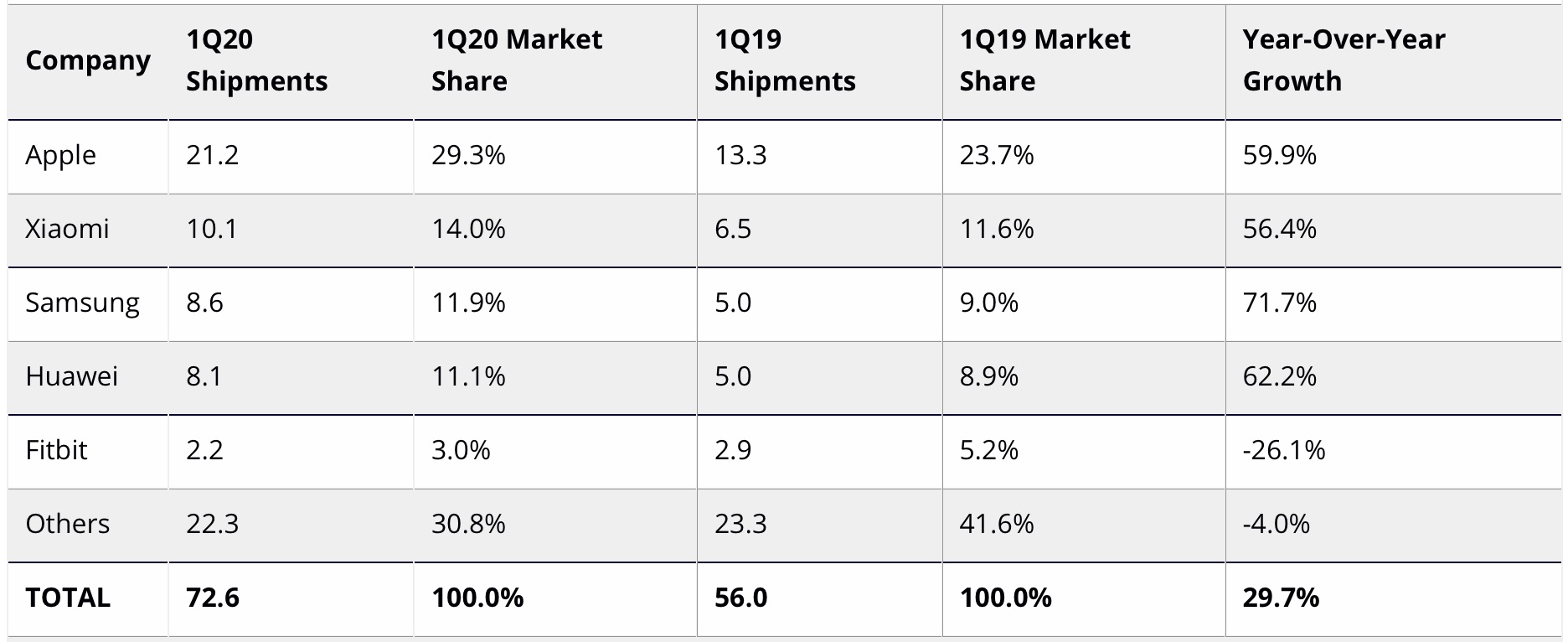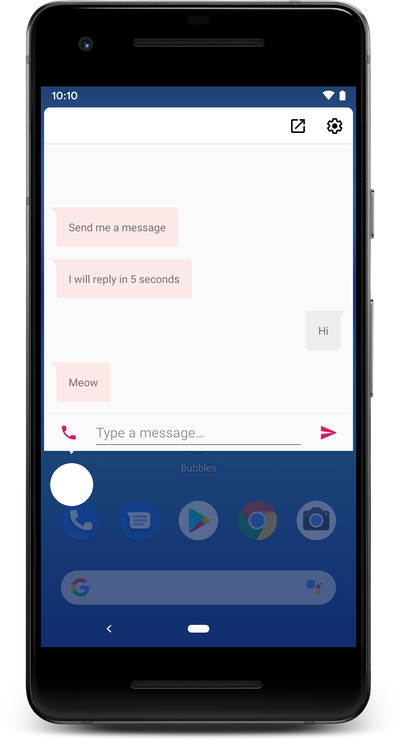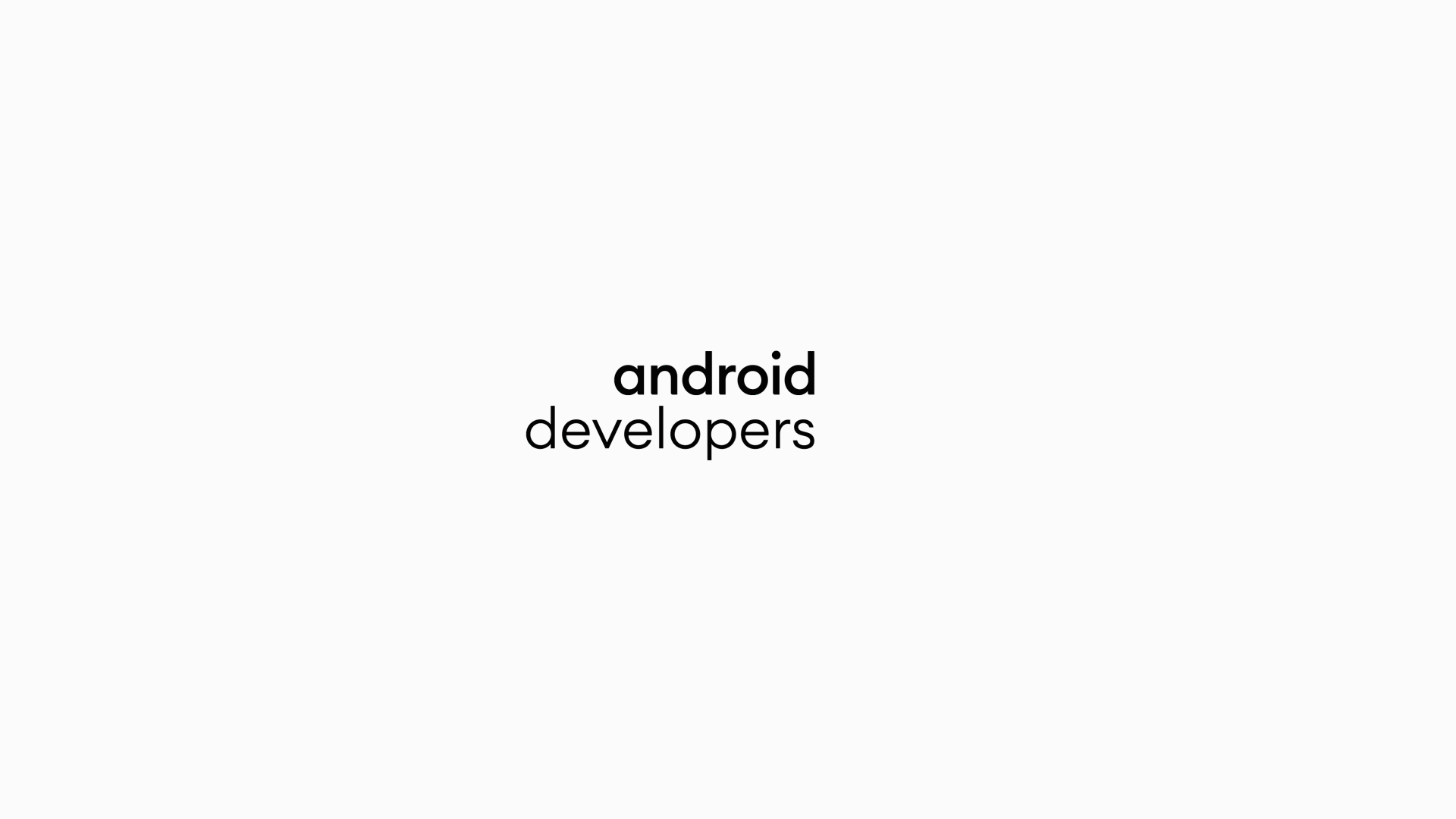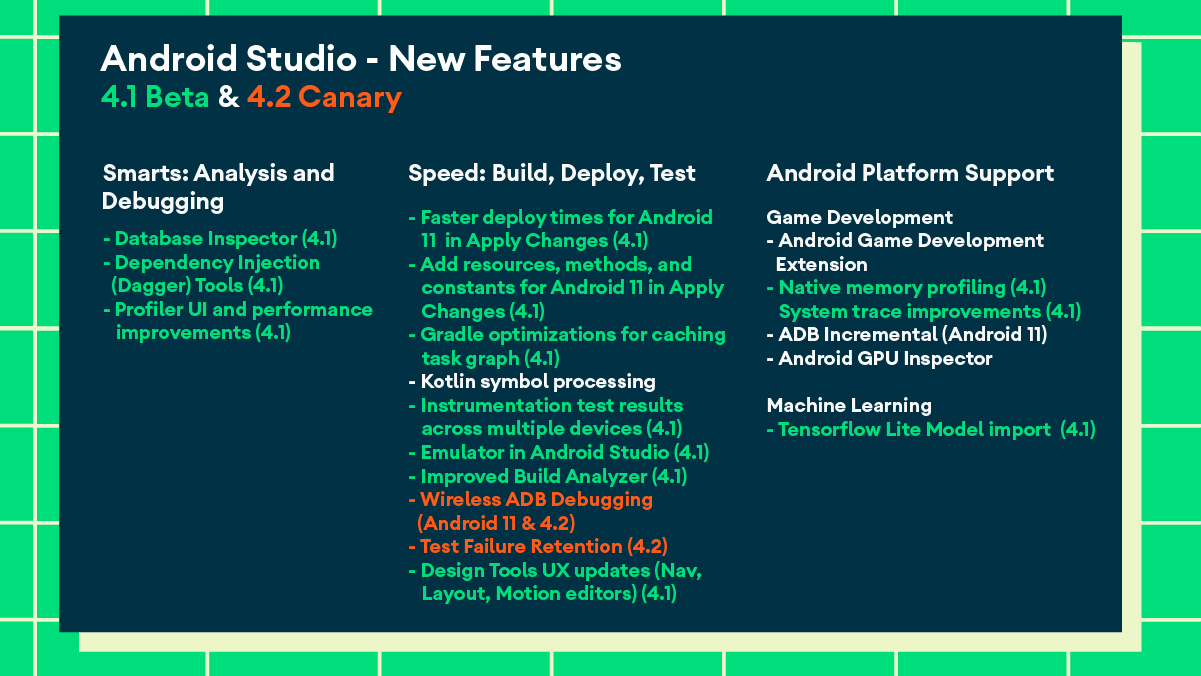The developers behind Fleksy have launched an SDK for Android and iOS to scale demand for white labelling of their AI keyboard software which bakes in privacy-safe next-word prediction. Swipe-style input (which it calls Fleksywave) is also in beta and slated to roll out soon.
Fleksy competes for smartphone users’ digits with giants like Google’s Gboard and Microsoft-owned Swiftkey, offering a standalone Android keyboard app with smart app suggestions — and the differentiating pledge that your personal information is safe from data mining (as the AI runs locally).
Barcelona-based ThingThing took over development of the Fleksy keyboard in 2017, after the original team had been acqui-hired by Pinterest. The Spanish startup went on to fully acquire the keyboard tech — setting themselves up to build out a licensing business where they can offer fully flexible white labelling for app (or device) makers that want to offer a custom keyboard to their users.
The indie dev team behind the keyboard app reckon the bulk of their revenue will be coming from b2b licensing down the line. “We’re growing really fast on that market,” says CEO Olivier Plante. “Conversion is surprisingly high… The projections show that the b2b SDK business will represent at least 60%-70% of own business model.”
One such earlier implementation of the tech saw the Fleksy keyboard deployed on the ultramobile Palm handset. It’s had other device makers as customers, as well as customizing keyboards for third party apps in spaces such a cyber safety, healthcare and government, per Plante, though he says they’re under NDA so aren’t able to disclose the names of any other customers.
While the team has been doing custom implementations of Fleksy on an ad hoc basis for a while now, the SDK opens the door to scaling this side of the business.
“Since the companies need it we see that the licensing model is quite promising for us, and now we have this tool that gives them the ability to work on their own — with little help. So it’s really about this scalability,” he tells TechCrunch. “We quickly saw it was important to scale this.”
In terms of where demand is coming from, Plante says they’re seeing traction from Europe and the U.S., and also have some customers in Asia and Africa. “This is where we really sit in the sweet spot,” he argues. “We’re European, so privacy is with us. Antitrust laws are with us — and then, on the other side, the big giants don’t have those types of interesting projects on the side. It’s all mass scale and those types of things.”
“The Chinese and Asian competition is just not in that touch point with Europe and the Americas,” he adds. “They’re out of reach and they’re very hard to deal with is what we heard, in terms of just language barriers and the way they work. Fear of being copied and these types of things.”
On specific use cases for a custom keyboard, he says customers come with “very, very different needs”. And sometimes after having tried to build their own keyboard — before deciding that the level of polish required to get a “proper keyboard” means they’ve bitten off more than they can chew.
“Some of them are in cyber safety,” he says of current licensees. “They are trying to solve a problem where there is maybe data leaks, protection of the individual against a greater threat. On the other side they are governments that are trying to make their messaging app really secure — so the keyboard and the message app are one encapsulated whole that cannot be penetrated… We also have demand in the medical environment.”
Plante points out the security risk of having a secure messaging app user who’s running a third party keyboard which uploads user data to the cloud. “You have a high risk of a data leak,” he argues.
“One particular common ground with all these players is this focus on ‘your technology’s offline; there’s no contact with the external world. There’s no tricky things you’re trying to do [in the background]. You’re exactly what we need and you have exactly the flexibility that we need’,” he adds. “What we focus on is providing our technology — we don’t deal with any personal data handling whatsoever… we don’t want to deal with that.”
Another area where it’s seeing some traction is in the videogaming space — giving the example of PC gaming keyboard makers wanting to offer a related experience to mobile users and not knowing how to go about making software themselves. Plante also reckons there will be growing demand for ergonomic customization of keyboards within apps that are targeted at elderly or very young device users — who may not fare well with standard keyboard layouts.
Being a lean startup is another selling point for Fleksy, as he tells it — enabling the team to cater to smaller business needs than keyboard-owning tech giants would typically bother with.
“One of the key aspects that we have is that we built from the ground up — all the technology that we have in the keyboard is ours. From the algorithm; the way it works; the layout of the keyboard; different languages; there’s no blackbox,” he adds. “We can do a lot of things — adding specific words to the dictionary, tweaking the autocorrection so it gears toward more of a specific type of population that uses a specific type of names and words. There’s so much control over whatever we want to do with the keyboard — the clients are demanding things and we say yeah we can do this.”
While the locus of ThingThing’s business has shifted onto licensing (currently via tiered pricing, depending on number of keyboard users), it continues to offer the Fleksy keyboard as a b2c free-to-download app on Android. And while getting traction as a small indie keyboard app clearly remains challenging, the consumer app functions as a testing ground for new Fleksy features and a showcase for the growing pipeline of b2b clients.
“For the b2c side we’re trying to experiment a bit how we can find the right balance between the end user — a free app with monetization in a certain way that doesn’t 1) use your personal data and 2) doesn’t become a bit gimmicky,” says Plante. “So we’re trying to play around those and experiment.”
“We see a lot of interest from brands out there, app developers that really want to be in the keyboard because it has added value for them… and also a user uses a keyboard about 100x-120x per day. Which is a lot of times. So there’s a lot of companies that want to be there in this space,” he adds.

from Android – TechCrunch https://ift.tt/2XQLY8U
via
IFTTT



